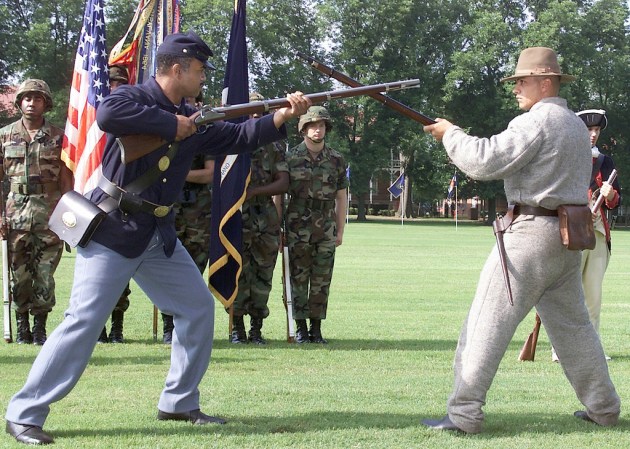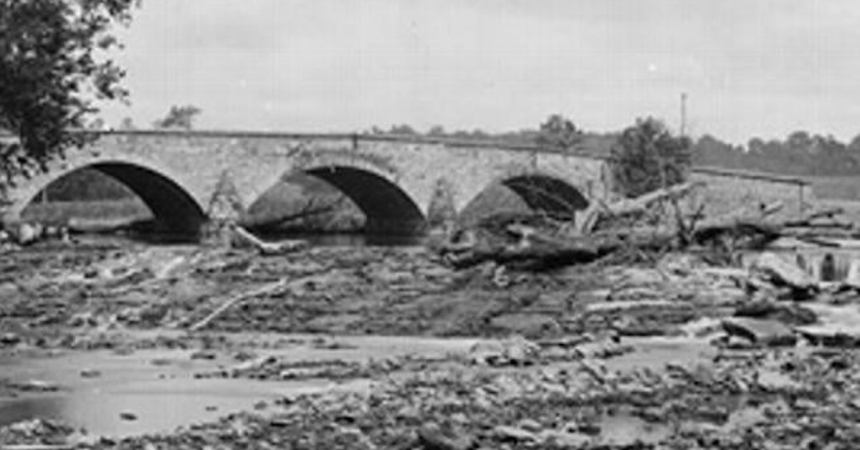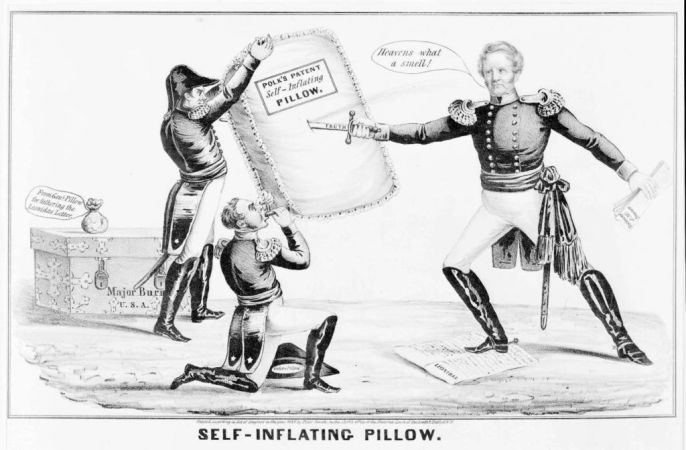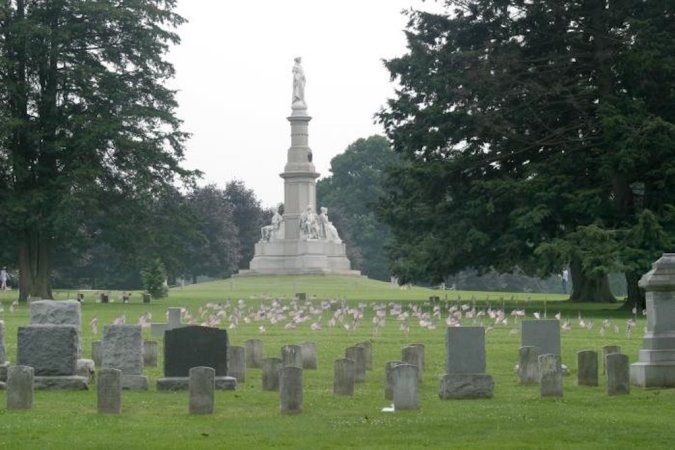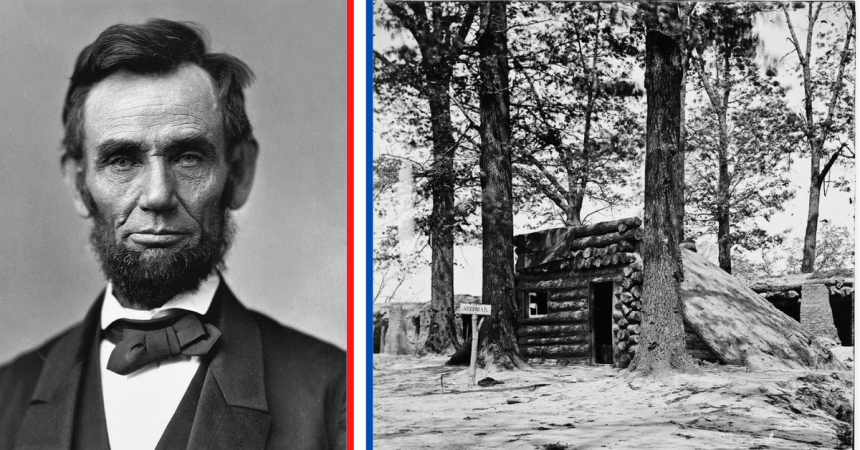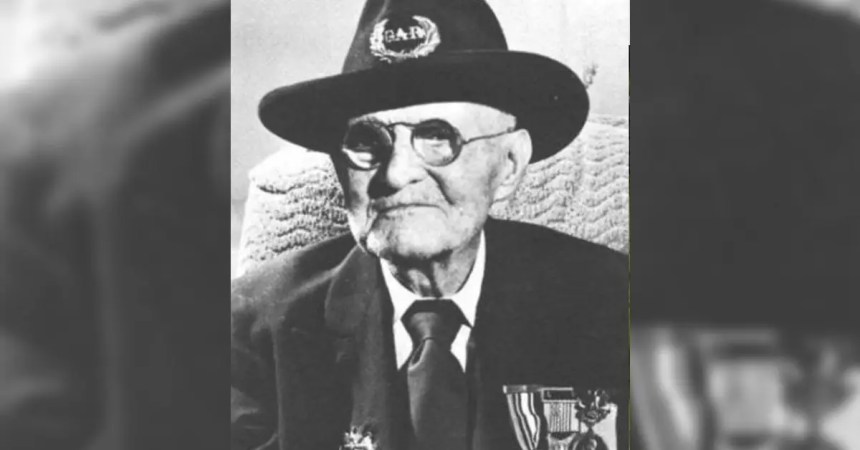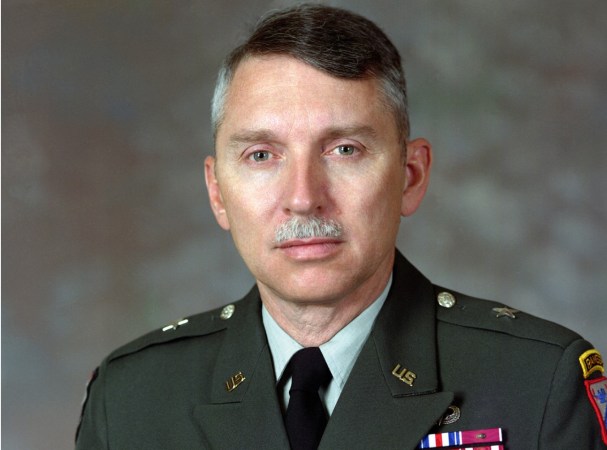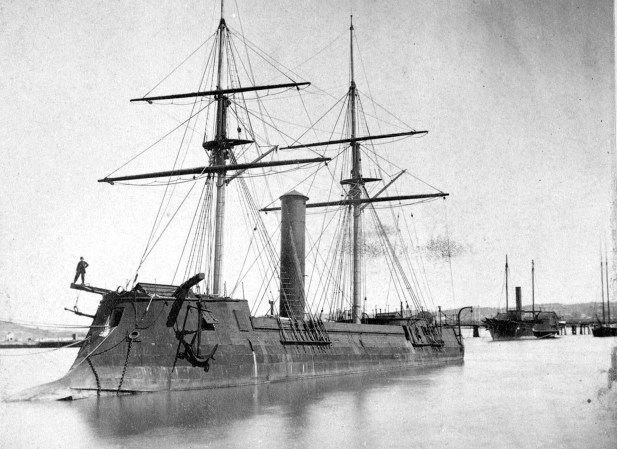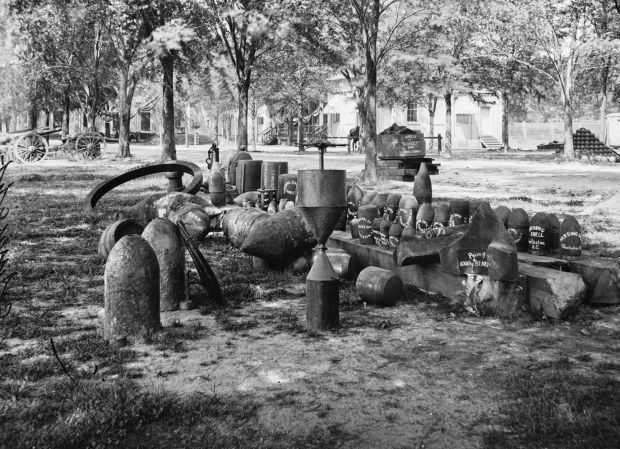Turns out, the military is hard work. Apparently, sometimes you don’t even get a real break between marching all night through treacherous terrain and then having to crush your enemies, seeing them driven before you, and hearing the lamentations of their women.
These six units had no issue with that:
6. The 37th Illinois Infantry assaults a stubborn hill after 36 miles of marching

The 37th Illinois Infantry was maneuvered across the Battle of Prairie Grove, Arkansas, repeatedly, completing 36 miles of marching and fighting repeatedly in 36 hours. On Dec. 7, 1862, they were marched to a new position and most of the men fell asleep despite an hour-long artillery duel going on over their heads.
They were awoken and ordered against a hill with an unknown enemy force. The 37th hit it in good order and manged to take and hold the edge before enemy artillery on the flanks pushed them back.
Despite their exhaustion and weaker position, the 37th formed back up and held the line at the bottom of the hill, containing the Confederate units for the rest of the battle.
5. The 101st raced to Bastogne and then fought a multi-week siege against the Germans

When the Germans launched their daring attack that would become the Battle of the Bulge, the U.S. rushed to evacuate some headquarters from the area while sending in those who would hold the line, including the 101st Airborne Division. With the commanding and deputy commanding generals out of the country, the division’s artillery commander was forced to take the men to the front.
The paratroopers rushed into the breach, moving throughout the day and night and almost ending up in the wrong city due to a miscommunication. But the troops took their positions just as the Germans reached Bastogne, exchanging fire immediately after their arrival.
Over the following month, the light infantry in Bastogne held off the better armored, armed, and supplied German tanks and refused requests for their surrender.
4. American troops route Mexican defenders in 20 minutes after a night march

Near the end of the Mexican-American War, American attackers near the outskirts of Mexico City needed a way through the defending forces. One route was promising, but a force of 7,000 Mexican troops was defending it.
After the first day of fighting, a lieutenant found a ravine that cut to the rear of the Mexican camp and marched his troops through it. At dawn, the main force made a frontal assault while a smaller group launched from the ravine and into the enemy’s rear. In less than 20 minutes, the Mexicans were forced to retreat and other American troops were able to assault into the city.
3. Washington crosses the Delaware at night to surprise the Hessians on Christmas, then attacks the British at Princeton

On Dec. 25, 1776, Gen. George Washington led his men across the partially frozen Delaware River and on a 19-mile march to the Hessian camp at Trenton, New Jersey, surprising the Hessians before dawn and killing their commander as well as 21 others while capturing 918.
Just days later, British reinforcements had Washington cornered near Princeton. After nightfall on Jan. 2, Washington led 4,500 men through the night while 500 others made it look like the whole force was still in position. Washington’s men clashed with another British force and beat them, proving that the British Army could be defeated.
2. The Rangers march through the evening to attack Sened Station at full dark

On Feb. 11, 1943, four Ranger companies set out with each man carrying just their canteen, a C-ration, a half shelter, and their weapon. They marched eight miles and then waited four miles from their target for full night to fall.
When twilight took over, they marched the remaining four miles to their target and attacked under the cover of darkness. Italian defenders at Station de Sened, Tunisia, suspected an attack was coming and fired machine guns into the night, giving away their positions.
Three maneuver companies assaulted the Italian positions while the headquarters formed a blocking force. In less than an hour, the Rangers were victorious and held 11 prisoners and had killed 50 enemy troops.
1. Stonewall Jackson orders a night march to surprise Union artillery with flank attacks

Confederate Maj. Gen. Thomas “Stonewall” Jackson ordered a few night marches in his day, but few were as important as the June 9, 1862, march at Port Republic that arguably saved the Confederacy for a few years. The battle would decide whether Jackson could send reinforcements to Gen. Robert E. Lee who was defending the rebel capital.
And the Union forces had the better ground at Port Republic. Their cannons were arrayed on a high ridge where they pummeled Confederate attempts to advance through the valley. But that’s where a night march by the 2nd and 4th Virginia came in. They attacked the Union guns, were pushed back, and attacked again with new reinforcements, capturing and holding the former Union position.
The Confederates held the ridge, forcing the Union to retreat and allowing Jackson to reinforce Lee at Richmond, allowing the war to drag on three more years.



